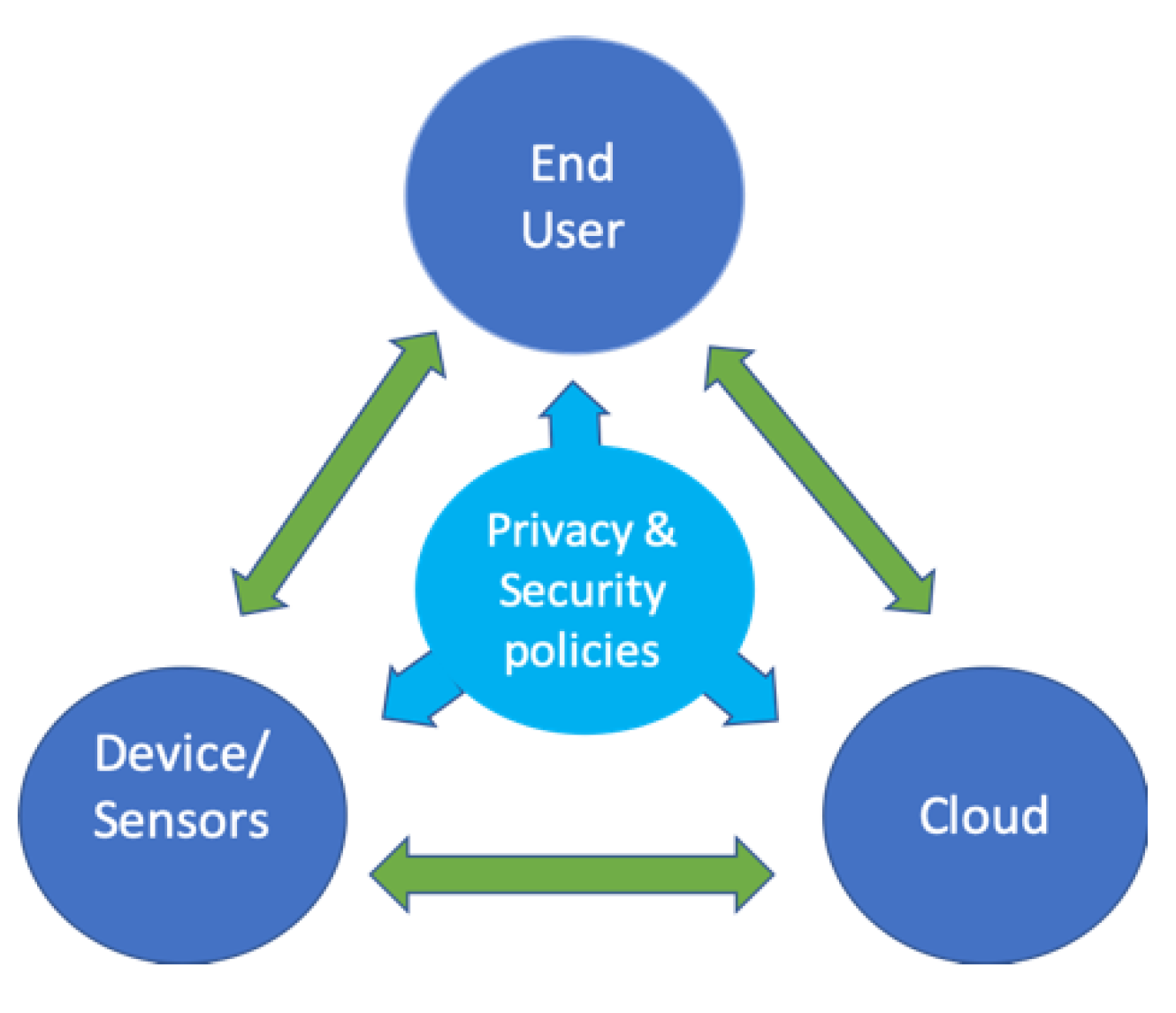Understanding Property Hazard Insurance
Property hazard insurance is a vital component of protecting your assets and financial well-being. This type of insurance provides coverage for damage to your property caused by specific hazards or perils, such as fire, theft, vandalism, and natural disasters. Understanding the essentials of property hazard insurance is crucial for ensuring you have adequate protection in place.
Coverage Details
Property hazard insurance typically covers both the structure of your property and its contents. This means that not only is the physical building protected, but also your personal belongings inside it. Coverage may include repair or replacement costs for damage caused by covered perils, as well as additional living expenses if you’re temporarily displaced from your home due to a covered event.
Identifying Covered Hazards
It’s essential to review your insurance policy to understand which hazards are covered and which are excluded. Common covered hazards include fire, lightning, windstorm, hail, theft, vandalism, and certain types of water damage. However, some hazards, such as floods and earthquakes, may require separate coverage or riders to your policy.
Assessing Coverage Limits
When purchasing property hazard insurance, it’s crucial to consider your coverage limits carefully. Coverage limits determine the maximum amount your insurance company will pay for covered claims. It’s essential to choose coverage limits that adequately protect the value of your property and assets.
Deductibles and Premiums
Property hazard insurance typically comes with a deductible, which is the amount you’re responsible for paying out of pocket before your insurance coverage kicks in. Lower deductibles usually result in higher premiums, while higher deductibles can lead to lower premiums. It’s essential to strike a balance between a deductible you can afford and a premium that fits within your budget.
Additional Coverage Options
In addition to standard property hazard insurance coverage, you may have the option to purchase additional coverage or endorsements to tailor your policy to your specific needs. For example, you may want to consider adding coverage for high-value items, such as jewelry or artwork, or liability coverage to protect you in case someone is injured on your property.
Factors Affecting Premiums
Several factors can influence the cost of your property hazard insurance premiums. These may include the location and age of your property, its construction materials, the value of your belongings, your claims history, and the level of coverage you select. It’s essential to review these factors with your insurance agent to ensure you’re getting the best coverage at the most competitive price.
Reviewing Your Policy Regularly
As your circumstances change, it’s essential to review your property hazard insurance policy regularly to ensure it continues to meet your needs. Life events such as renovations, additions, or changes in occupancy can impact your coverage requirements. By staying proactive and keeping your policy up to date, you can ensure you have the protection you need when you need it most.
Working with an Insurance Professional
Navigating the complexities of property hazard insurance can be daunting, but you don’t have to do it alone. Working with an experienced insurance professional can provide valuable guidance and expertise to help you understand your coverage options, assess your risks, and make informed decisions about your insurance protection. Whether you’re purchasing a new policy or reviewing your existing coverage, an insurance professional can be an invaluable resource in ensuring you have the right protection in place for your property and assets. Read more about property hazard insurance




